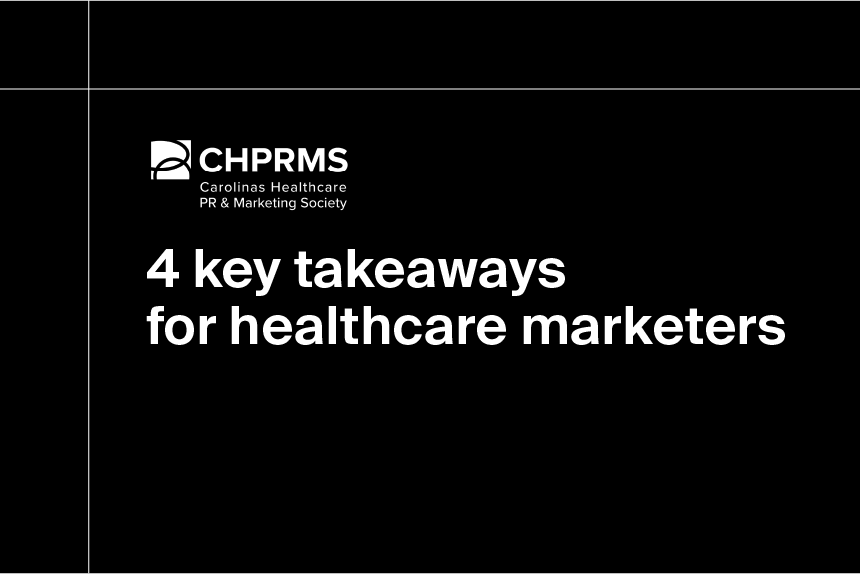This is the final part of our special blog series on how COVID-19 has impacted nearly every part of the healthcare industry.
We started our journey with an exploration of telehealth’s rise and healthcare specialties that were and weren’t suited for it. From there, we branched out to at-home care, another care option that saw considerable growth during the pandemic as patients pursued safer and more convenient alternatives to the traditional doctor’s office.
In this post, we’ll continue our analysis by taking a closer look into urgent care centers. As we dig into the data, we’ll discuss why more patients prefer visiting urgent care centers and how the pandemic has brought about several challenges that leave the future of urgent care uncertain.
Why more patients prefer urgent care
Like telehealth and at-home care, urgent care centers were growing in popularity among patients long before the pandemic, representing 23% of all primary care visits in the U.S. by 2019. This popularity is likely attributed to the unique space that urgent care centers occupy in the healthcare industry between primary care physicians (PCPs) and hospitals.
Urgent care centers offer outpatient care for non-critical emergencies. Compared to visiting a PCP, you could stop by an urgent care center for anything from injuries to infections, no appointment necessary and they’re often open 24 hours a day, seven days a week. A visit to an urgent care center could also save you a costly trip to the ER.
Convenience, low cost and a broad treatment capacity are all part of why more patients prefer urgent care. And according to The Washington Post, more millennials prefer urgent care centers too, further spotlighting a shift in the healthcare ecosystem we’ll dive into later.
COVID-19 was the catalyst for urgent care’s growth
While the reasons above establish a history of increased urgent care use over time, it wasn’t until the pandemic that we saw more accelerated growth.
From the chart above, we can see that the number of patients who visited urgent care facilities gradually increased over the last two years, peaking at over 4 million visits in December 2020. Despite dips in patient visits around April 2020 and February 2021 (likely caused by sudden influxes in COVID cases), overall growth trended positively into July 2021.
The cause behind this growth is simple. Since the early days of the pandemic, urgent care centers have been on the frontlines of this crisis, becoming common access points in communities across the country for testing and COVID-related care. According to research from the Coalition for Urgent Care Access, urgent care centers administered about 70 million COVID-19 tests nationwide as of July 2021.
Five problems urgent care centers had to overcome
This unprecedented growth, with millions of new patients visiting urgent care centers, triggered several major problems healthcare professionals had to overcome. These workers dealt with:
Increased wait times for COVID-19 test results as rapid tests became scarce.
Large-scale testing caused hundreds of patients to wait in line outside urgent care centers. Potentially infected patients standing with uninfected patients also posed major health risks.
Constantly changing emergency response plans meant to keep patients and providers safe.
PPE shortages and disruptions in the medical supply chain hindered strategic and clinical decision-making.
Fragmented, hard-to-find knowledge of urgent care center capabilities left some communities unaware of the scope of services available.
While solutions to some of these problems are still being worked through, these challenges present interesting opportunities for urgent care centers to capitalize on. According to the Urgent Care Association, strides are already being made to expand service offerings to treat patients who don’t have PCPs. New strategies are being developed to help urgent care centers decide when to send a patient to the emergency department. And many urgent care centers are using apps, telehealth services and healthcare IT solutions to streamline processes, more effectively manage patients and improve health outcomes.
These opportunities also raise questions about urgent care’s place in the broader healthcare ecosystem. As urgent care centers expand their service offerings, we may see a decline in visits to the doctor’s office. There may even be a demographic split as young people and patients without chronic conditions see urgent care as a faster, more convenient alternative to a PCP. Older adults and patients with chronic conditions may remain with their PCP or explore at-home care options, as they often need coordinated care from a team of professionals. The role of the traditional doctor’s office may even further diminish in the years to come, as drug stores like Walgreens, CVS and Walmart continue to enter the urgent care space.
The future of healthcare is bright
Despite the trauma and impact felt by the pandemic, patients and providers now have more options to receive and deliver care than ever before. The rapid deployment of telehealth, the rise of at-home care and the critical importance of urgent care centers empower patients to take greater control over their own healthcare journey. Physicians are similarly empowered, now equipped with a robust toolbox of care options to treat patients more effectively.
This leaves us with several interesting questions to ask. How will care be delivered moving forward? How can technology companies fill in the care gaps felt by patients in rural areas who may not be able to access telehealth? Can the rise of virtual mental healthcare treatment set the stage for a more meaningful conversation on mental health issues? How will the increasing use of at-home care and urgent care centers affect the traditional doctor’s office?
While no one can predict the future, COVID-19 accelerated and strengthened providers’ ability to improve patient outcomes, adapt to new initiatives and reshape the healthcare landscape. And we’ll continue to leverage the healthcare commercial intelligence we gather to analyze changing trends and offer insights into what the future may hold.
Learn more
Did you miss an entry in our multi-part series on the technology and healthcare specialties impacted by COVID-19? You can start from the beginning or jump to any post that piques your interest.
Each post in this series draws upon healthcare commercial intelligence from our platform to illustrate how the COVID-19 pandemic has transformed the healthcare market. You can learn more by starting a free trial.




